Honesty stalls are rather common in country areas — little stores filled with local produce, sold to passers-by who pay into unattended cashboxes. But not so in cities. We seem to trust each other less when we live in closer quarters?
And yet, give city-dwellers a chance to be honest, and most will be. That’s my experience so far, at least.
In early September 2020, I launched my own urban Adelaide honesty stall, called The Local Yum.
I packed it with homegrown veggies and seeds, homemade chutneys and jams, seedlings propagated in my backyard, things wild-foraged, and more. I left it all inside old shelves on the footpath in front of my house, and asked people to pay simply by popping money in a cashbox, or making a bank transfer. Which they did!
This little experiment in honesty seems to have captured people’s imagination. More and more each day, I get messages from urban folks wanting to do the same at their place.
I could think of nothing better than cities dotted with little local honesty boxes. Allowing communities to access hyper-local organic food lowers transport miles and reliance on industrial chemicals, reduces dependence on supermarkets and builds community resilience. Plus, you’re choosing food produced and made by one or two humans, not a corporation. Good things all round.
So I decided to write a how-to-set-one-up guide, detailing everything I’ve learned.
You could use these ideas to create your own produce stall, fresh flower stall, street library, Grow Free cart, community sharing corner — whatever takes your fancy.
If this inspires you to start your own, please leave a comment below. I’d love to see what you get up to and share your project with our growing community of urban stall keepers and supporters.
Create your honesty stall — using secondhand shelves, a bookcase or even an old fridge
First things first, you need something to put your produce and products on. Here’s the bit where I urge you to reuse, recycle, repurpose — there’s no need to buy new.
My honesty stall is made from battered old shelves rescued from a neighbour’s shed-clean-out rubbish pile.
It was destined to go into landfill; I gave it a new life.
Friends helped to reattach the broken door, added a little roof using old timber and corrugated iron I had lying around, and added some chains and hooks to hold the doors open during the day. Done.
You might like to look in tip shops, secondhand stores, Gumtree (in Australia) or Facebook Marketplace — or simply the side of the road, like I did.
My honesty stall is rustic by design, as I feel that makes it less desirable to those who might consider stealing it.
Here’s a few photos of other stalls I really love, which might help give you some ideas. Not all are urban stalls, but they sure are all beautiful…





Choose a sheltered spot that doesn’t cop too much afternoon sun
Most things you’ll want to sell won’t do well if left to sit in the hot sun for hours on end. So the ideal location for your honesty stall is under a big shady tree, or possibly against an east- or south-facing wall, which will block much of the hottest afternoon sun.
You’ll also want to look at local laws in your area, and do your best to get on the right side of them.
My stall faces east, which means it’s sheltered from the hot western sun each arvo. But it does receive full morning sun until about 11am, which can be scorching on 40-degree Adelaide summer days. As a result, I often close on really hot days.
In an ideal world, if my footpath orientation allowed it, I’d position our honesty stall facing south, where it would be much better protected. Your spot might not allow for this either, but definitely do give positioning and sunshine a good amount of forethought before setting up.
If a lot of sun is the only option for you, an old fridge could be a good way to go. You’ll never turn it on, but the insulation could help protect things. Doors that close could help during rainstorms, too.
If you can, choose a spot that gets a lot of foot traffic, too. I live right near a dog park and have dozens of people passing my house each day. Very handy.
Ditch the idea of locking your honesty stall — but do secure it in place
Early on, I decided to put a simple latch on the door of my stall, mainly so I could close shop at night and prevent marauding neighbourhood possums from causing havoc.
(The latch was just about the only thing I bought brand new for my stall. It cost $4.95.)
I decided not to lock the door at night in hopes of less vandalism. The theory is that people might be more inclined to break into my stall (and possibly break her — she’s pretty rickety!) with a giant lock that screams: “There’s something worth stealing in here!”
Instead, I just latch it shut. So far, I’ve had very few problems with vandalism.
But I did bolt our shelves to my front fence, so the stall is impossible to move. I’ve heard of folks having their entire honesty stall or street library stolen, which would be heart-breaking. So bolting down your stall is a must-do, in my book.
Collecting money: lock and secure your cashbox, and consider offering bank transfer or PayPal
Let’s talk money.
I found a lockable cashbox secondhand (for $12), drilled two holes in the bottom and bolted it to the shelves. It’s not easy to move.
Friends helped out, using an angle grinder to make a slot in the top of the cashbox, so people can slip money inside during the day, when the box is locked. At night, I empty it, unlock it and leave the lid open — again, so folks can see there’s nothing to steal, and therefore no point wrecking anything trying.
This is important stuff — I’ve heard of unsecured money tins being swiped from stalls, and of empty locked cashboxes being broken open overnight, amd ruined. This sort of thing hits your motivation and commitment to the project, so make some effort up front to dissuade theft as much as you can.
My honesty stall is handily positioned beneath a street light, so it remains well-lit all night. Another suggestion is to add a solar-operated sensor light that stays on all night or switches on when people pass the stall at night. Not essential, but might help ease your mind if you’re particularly worried about theft.
Surprisingly, most people do pay via my cashbox.
But it’s also a good idea to offer another method of payment for those who don’t carry cash much anymore. I opted to leave both bank transfer details and a PayPal email address.

You don’t have to participate in the monetary economy…
The other thing to mention about money is — you don’t have to charge for your stuff if you don’t want to! Or charge for some things and not others. Or barter. Do whatever you want; you’re making up the rules.
I chose to be part of the monetary economy, as I wanted to gently spark conversations about the work that goes into growing clean, organic, local food, and therefore its value. I wanted to encourage people to think about sources of food beyond giant multinational supermarkets.
And I wanted to feel somewhat rewarded for all the thought and effort that goes into my garden and stall, which I guess embodies permaculture princple 3: ‘obtain a yield’.
But there are plenty of folks who just want to share freely, without money, and that’s great too.
The burgoning Grow Free movement, which started here in South Australia and is now worldwide, could be an excellent community to connect with if you’d like to explore this option.
I’ve been so surprised and happy to watch my local community make the stall their own, with folks often leaving yum stuff on the stall free for me and the community — makrut lime leaves, basil, seedlings of all descriptions, seeds. It’s so lovely to scoot out to shut the stall in the evening and find a surprise gift.
I do my best to pass free stuff on to my local community, and ask that if people drop something off, they write ‘free, please take’ on it, so passers-by know they can grab it.
Normalise bartering: offer exchanges wherever you can
I can’t get enough of bartering, so I make it clear on my signage that I’m always up for swapping something of mine for somethig of yours. The energy and feeling that comes with the experience of bartering is second to none.
I’ve swapped things like:
- Zucchini and lemon balm seedlings for a big bag of lemons.
- Watermelon and cucumber seedlings for spent brewer’s wheat (which I fed to my chickens).
- Wild-foraged olives for edible chrysanthemum seeds.
- Pumpkin and zucchini seedlings for tomato seedlings and blue eggs (yes, blue!)
I also regularly collect unwanted fruit from people’s backyards and return a jar or two of whatever I make out of them, as a thank you.
Tell your story: name your honesty stall + include signage that explains who you are and what you’re about
To some extent, the success of your honesty stall relies on how many people know about it and how easily they understand what you’re trying to do. (And how good your products are, of course.)
My advice is to spend an hour or so before you launch figuring out your stall marketing.
Come up with a simple name and create a sign for your stall. Make sure it’s clear and easy to read from a good few metres away, to catch the eye of passers-by.
I named my stall The Local Yum. I scored a wood offcut free from our neighbour’s recent decking project, bought a paint pen and watched a few hand-lettering YouTube vids, then created our main sign. It’s rough-and-ready, but it does the job.
I then used the free online design platform Canva to create this really simple logo.
You can even go the whole hog and use a website such as Design Seed to pick a colour palette, then match your logo, social media and signage to those colours. (This is the palette I chose, which I felt matched the browns of our stall.)
I also used Canva to create two A4 signs, one with larger font explaining our key values — organic, homemade, wild-foraged, etc — which is designed to be read from far away.
And a second A4 sheet briefly telling my story and explaining how the stall works. I sprinkled the word ‘honesty’ through this sign, as apparently it can act as a psychological reminder for people.
You can see the full designs of these two signs here. And yes, you’re more than welcome to copy them!
Consider creating a social media account for your honesty stall
If you hate social media — skip right past this bit. It’s non-essential.
But if you’re happy to spend 5 to 10 minutes every day or so on social media, it can open up a whole new world for you and your stall.
I created an Instagram account for my stall, even before launching, and used that space to start building interest in my project by sharing a few posts about the process to transform my battered old shelves into a hub for homegrown, handmade yum stuff.
(You’ll notice that the earlier time spent thinking about logos and colours comes in really handy here, as it’s much easier to make your social account look cohesive when you have these things set.)
Now, I post a couple of times a week, letting folks know what’s on the stall, what’s happening in the garden and what adorable notes or freebies have been left by passers-by. I take care to share information about how I source my foraged food or grow my veggies, trying to build understanding of what goes into local food production.
The connection this account has delivered me is nothing short of astonishing.
Almost weekly, I receive the kindest messages — people gifting me their excess backyard-grown fruit or empty pots for seedlings, folks offering up things to barter, neighbours inviting me over for coffee … and lately, lots of people asking advice on how to create their own stall (hence this blog post).
It’s also a nice place to connect with stallkeepers from all over the world, which I find hugely motivating and inspiring.
Allow for two-way communication with passers-by
It’s as simple as leaving a notebook and pen.
This little idea has delivered so much goodness — people thanking me for our efforts, leaving IOU notes, telling me when the pen I left out was actually too rubbish to write properly with, and one declaration of love between from ‘AR’ to ‘KS’. Cool.
You never quite know what people are going to write. But many seem to appreciate the opportunity. And it’s such a great feeling to find a handwritten note awaiting you.
You’ll likely also end up chatting with lots of people as they pass by. I know so many more of my neighbours now and feel so much more connected to my hyper-local community.
In a way, that’s what this is all about, for us. Building commuinty, encouraging local connection and fostering little pockets of resilience.
Recycle packaging by asking your community for things: glass jars, rubber bands, seedling pots
My big dream for this movement is that stall-keepers choose to use recycled and repurposed packaging wherever possible. There’s enough stuff in the world — you don’t need to go out and buy more things to make your stall successful.
Instead, I’ve simply asked my community to leave what I need on the stall. And the responses have come flooding in.
I’ve received plentiful clean recycled jars and lids, literally hundreds of small plastic pots for seedlings, and bags of rubber bands. I’ve barely bought a single item of packaging.
People love to help, and feel like they’re part of a solution to one of society’s biggest problems — waste. Many people now realise that recycling through the municipal waste system is a bandaid solution that requires a lot of money, water and resources. It’s actually option number two — after reusing. Better to reuse the item as it already exists, wherever we can.
So, I wrap my homegrown heirloom seeds in pages of old magazines.
For my product labels, I initially kept brown paper envelopes and cardboard from packages delivered to my home, making my signage out of these and sticky-taping them to products. Now, I’ve moved away from plastic tape — it’s not compostable — and so have purchased a roll of brown paper tape instead (it cost $4.98), which I stick on things and write on top.
I use a lot of recycled cardboard for signs, too. And writing with texta directly onto glass works a treat.
Just keep going — give your community time to discover your honesty stall and support you
You may not get many sales to start with.
You’ll almost certainly have days where you don’t sell anything.
Things might get stolen.
Just. Keep. Going.
I find it helpful to record all the lovely exchanges and great days, so when something less-than-ideal happens, I have a beautiful reminder that the good always outweighs the not-so-good.
Because that truly is my experience.
It’s impossible to put into words just how much my little stall, and all of the folks who support it, have come to mean to me. Most days, I walk out to discover kindness, generosity, honesty and a growing community. It’s just the best.
So go on, give it a go at your place!
Other things to check out:
- ‘The rise of the urban honesty stall’, an article by The Guardian, featuring The Local Yum + several other great Aussie stalls in cities.
- How honesty stalls provide an opportunity to practice the 12 permaculture principles — an article I wrote for Milkwood.
- The Adelaide Hills Roadside Stalls Facebook group (South Australia).
- This useful map of honesty stalls in South Australia, prepared by Pauline and John Daley.
- This blog post I wrote — scroll to the ‘Produce boxes & honesty stalls in South Australia’ section for a list of local folks you can follow on Instagram.
- The Instagram hashtags: #SAHonestyStall (for stalls in South Australia) and #AussieHonestyStall (for stalls in Australia). There’s also others appearing in other states — #TASHonestyStall, #VICHonestyStall, etc.
- The #UrbanHonestyStall Instagram hashtag, connecting folk who run stalls in cities and urban areas.










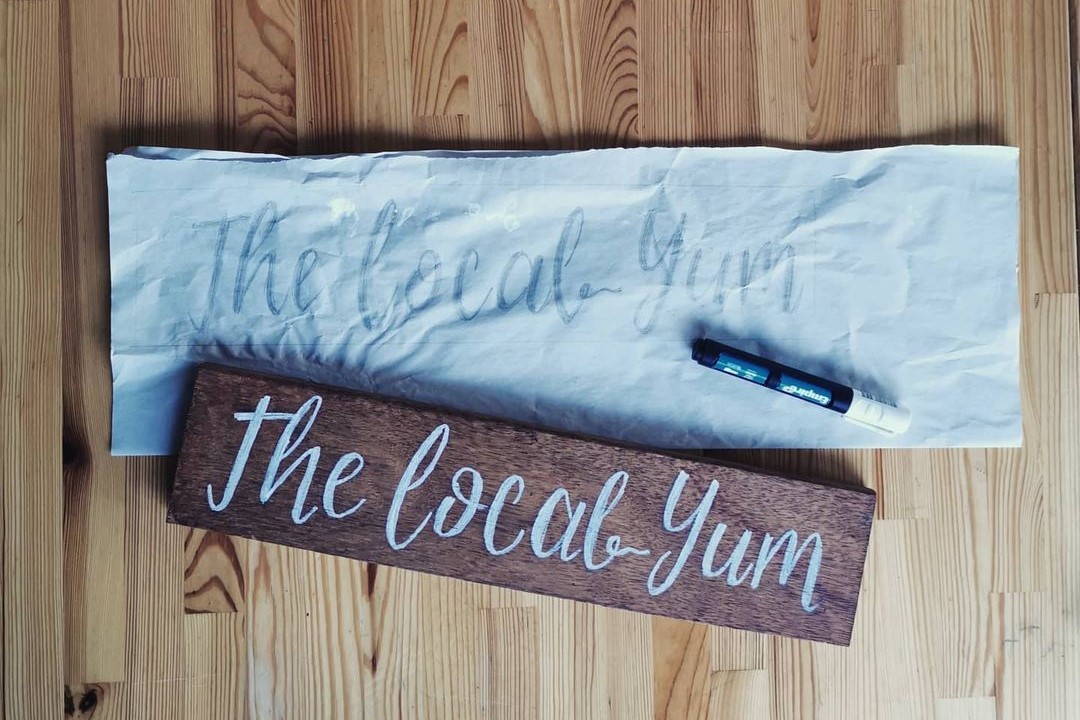



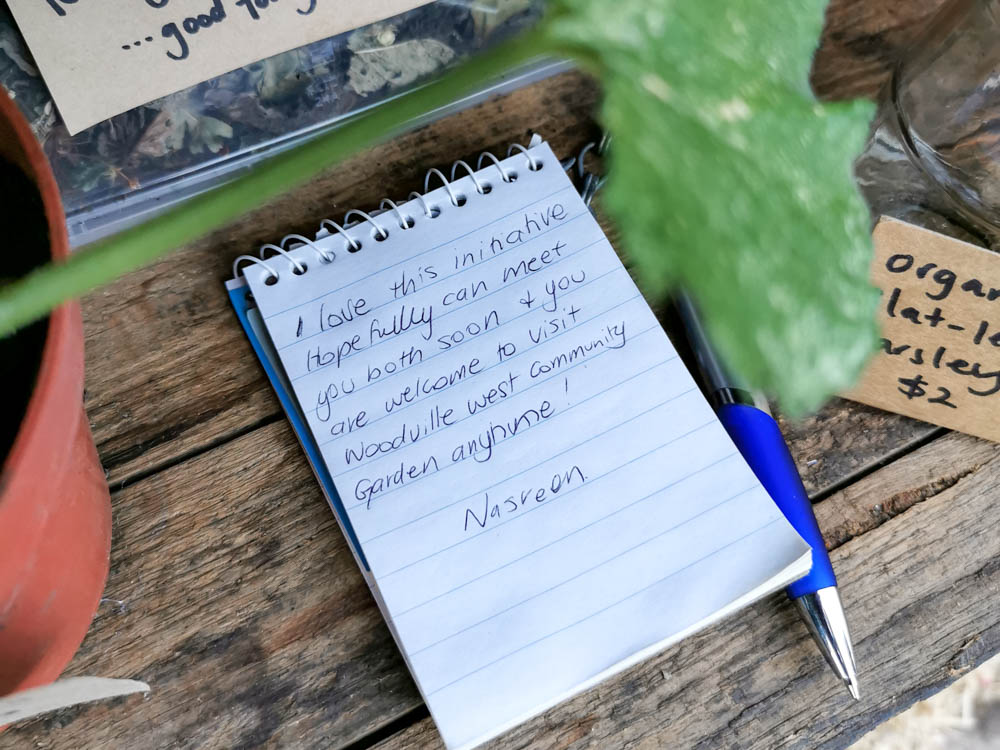

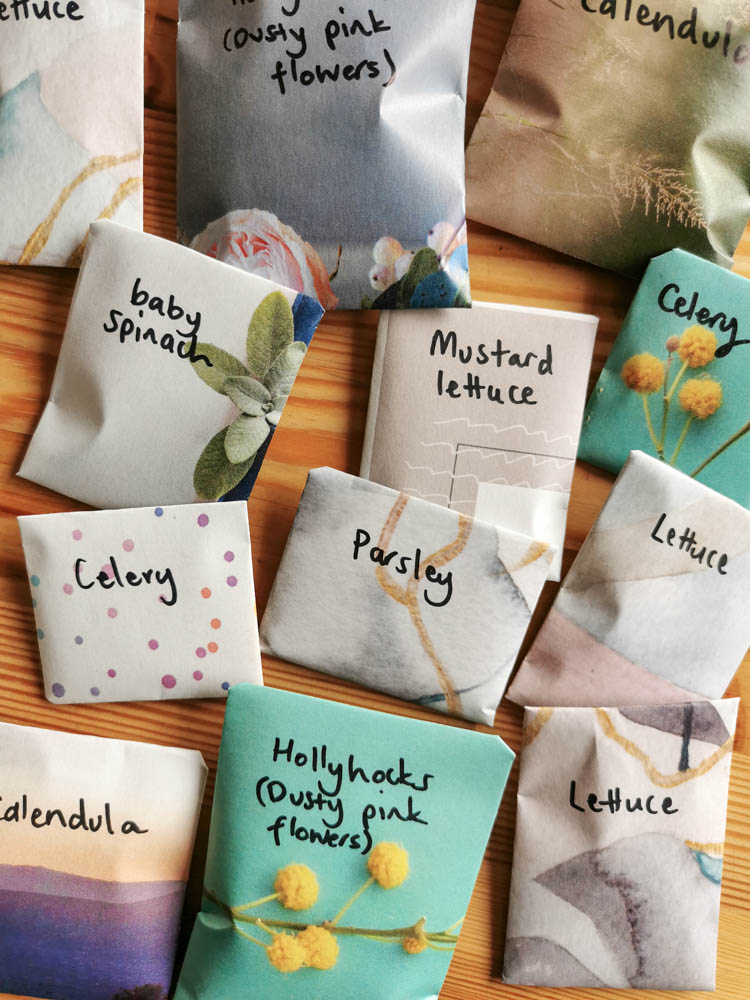

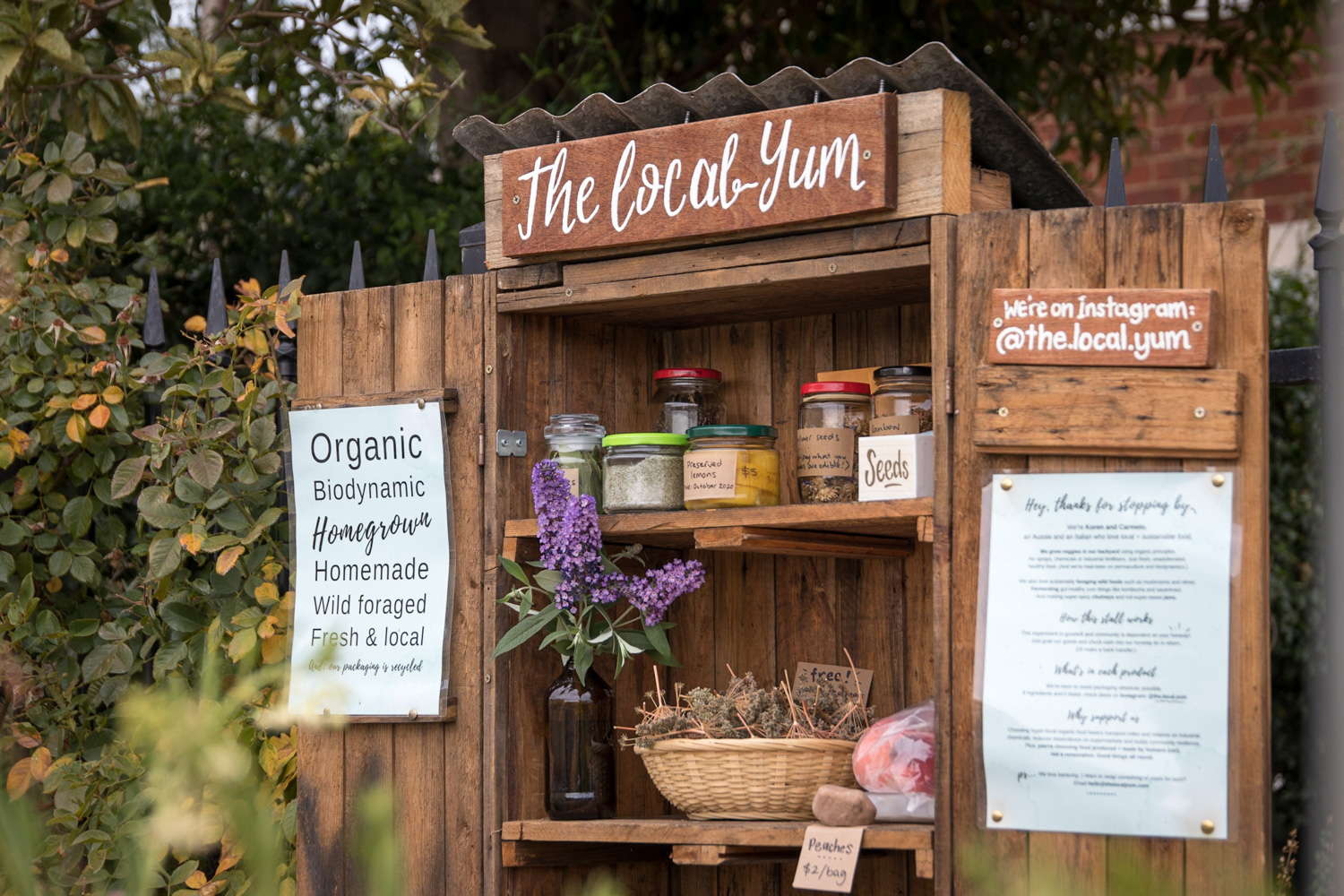
![[Video] How to build a business that values people, planet and profit](https://korenhelbig.com/wp-content/uploads/2024/08/How-To-Build-A-Business-That-Values-People-Profit-The-Planet-an-interview-Koren-Helbig-and-Honey-Atkinson-1-500x383.png)
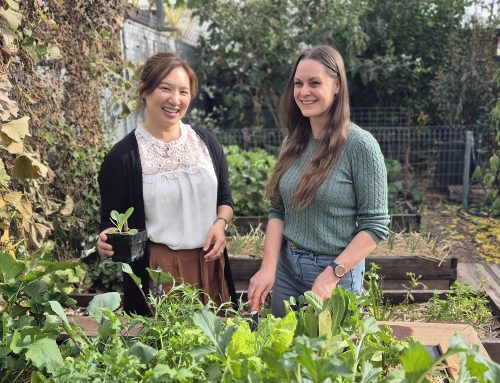
![[Podcast] Work/rest balance — a Reskilliance chat with Catie Payne](https://korenhelbig.com/wp-content/uploads/2024/08/Reskilliance-podcast-cover-500x383.jpg)


This guide is outstanding I’m so excited to read about how you guys have created this. It is my dream to have something similar at our place in Monbulk Victoria. We are only in the beginning stages of developing our organic /permaculture farmlette. To be able to provide for our community and planet warms my heart. Thank you for your amazing guide and what you are doing to contribute to the community. Soo much love for this 🙏🏼❤️😃
Yay! Thanks so much for this lovely comment, Sonia. I’m so glad the guide was helpful, and wish you all the best with your farmlette. Sounds like it’s going to be amazing! ❤️
It’s lovely to see what you’ve been up to! What a rewarding project filled with community love.
Thanks, Paddy. It is a pretty lovely one to be involved in :)
How brilliant to have a detailed guide! Very inspirational. May urban roadside stalls continue to multiply! Thanks Koren H.
Thanks, Bek! Bring on more roadside stalls!
Wow thank you for writing this blog I have been wanting to start one but was nervous this have given me the inspiration to give it a shot. X
You’re so welcome, Kimberley. How exciting that you’re considering your own project. Good luck with it and let me know how you go 😊
Thank you so much for sharing this information, it has been very valuable. We started a roadside stall in February and have been amazed how positively it has been received. We mainly use recycled packaging but are finding it hard to work out how to package greens. Any suggestions?
Awesome, Deb! Yeah, greens are a bit of a tough one. We currently ask our community for recycled rubber bands to tie the greens up, and then place them on the stall in a (recycled) glass jar of water. This works OK, but not on really hot days. Best case I think would be to have an old fridge to put them in, which would have excellent insulation, or put them in an esky.
Love your stall. We currently have an honesty stall that is just an old beehive but looking to expand it with jams etc so need a bigger stall. Totally going to steal this idea.
Oh, how cool. Whereabouts are you Martyn? Would love to stop by if you’re anywhere near Adelaide.
Unfortunately would be quite some drive (and flight) as I’m based in Worcestershire, England. I have just rescued a very nice large wooden crate on a pallet from a skip so I have the basis of a new stall. 😊
thanks for writing that I’ve been thinking about doing the same and will be definitively doing it now. Thanks for the inspiration
Hooray, Dave! I wish you all the best with your little stall.
Hello 👋🏻 and thankyou for sharing your passion !. I have always loved roadside stalls and stopped to buy some of whatever is for sale .
My husband is now working on a small stall to me as we are now retired from our cafe and are hoping to sell some homemade cakes and slices etc as well as jams pickles etc .
I’m just starting to think of names and advertising and signage so your tips were very encouraging thanks again Kay
Oh wow, sounds so fabulous, Kay. Really glad the guide was helpful. Where will your new stall be located? :)
Thanks for the inspiration – we run a village garden surplus stall once a week for sharing locally grown and homemade food, rather than an honesty stall, but we are so inspired by your ideas, especially love the signs and feedback notebook! We ask for donations to raise money for our local food bank instead of payment.
Wow, this sounds so fabulous, Fenella. What a beautiful gift to your community. Glad some of my tips were useful, too. :)
I’ve been thinking about creating a stall, but I’ve been hesitant about the honesty system. This is really very reassuring, thanks for sharing your story.
I’m so happy to hear that, Sarah – good luck with creating your little stall, I hope it’s a huge success. :)